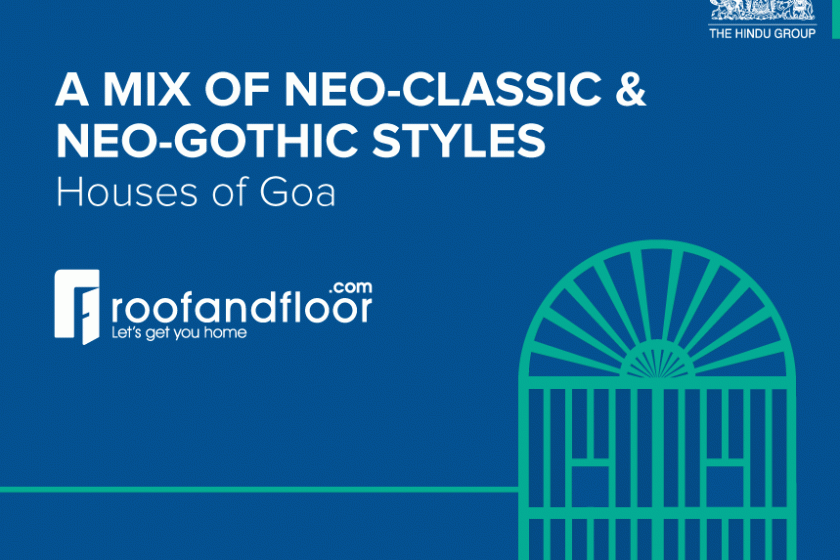To those who have dared to explore Goa beyond its breath-taking beaches, the state offers impossibly charming architectural sights. From the awe-inspiring churches to the quaint little individual homes, the old-world charm of Goan architecture is certain to bowl you over irrespective of whether architectural design is your cup of tea or not.
The homes of Hindu families were significantly different in design from the ones that were influenced by Portugese styles. They opened inwards to a courtyard which was referred to as rajangan. Spaces dedicated to relaxation were called soppo. The hall or living space is the saal. Raanchi kood (kitchen), Deva kood (room for worship), kothar (storeroom) and a special room for expectant and nursing women were also features of these homes.
Colonization by the Portugese clearly left its mark, the remnants of which can be seen even today in the design of the houses. Added to this, the Goan traders who sailed to other countries and back brought back their understanding of the styles they had seen on their voyages. What emerged is the quintessential Goan home which fused together European and Indian architectural styles.
These Goan homes were believed to have been built between the 18th and 20th centuries. They opened outward and had covered porches (balcoes) and verandas that overlooked the street. Residents of the homes utilized the seating space in the balcoes to witness the happenings in the street and to be noticed by passers-by. Intricately decorated columns bordered these balcoes and established the status of the owners along with the plinth.
The verandas were usually accessed from within the house through large ornate windows. Originally used in Portugese homes, these windows helped sailors identify their homes. The Goans continued to use them as a means of identification of houses. Columns also were found on either side of the front doors.
Another element with intricate design were railings. Country tiles were used as corbels and served as a distinct feature specific to Goa. Compound walls were also found to be intricately carved. Walls were made from either mud or laterite stone depending on how far back the home was built. They were then plastered and painted with dramatic colours that differentiated one house from another. However, white is never used as exterior paint as it is reserved for the church.
Once indoors, one can find a foyer after which there is the main hall (sala), a smaller hall (sala de visita) or the chapel in the house. The rest of the house is planned around a courtyard. The master bedroom is usually close to the hall, other bedrooms flank the courtyard, while the dining area is perpendicular. The rear space houses the kitchen and service areas. Floors were usually made of imported European tiles or burnt earth plastered with cow dung and hay. One could also find false ceilings made from wood.
Goan homes are shining examples of how appealing the melding of two or more cultures can be. Never featuring impractical or unsustainable architectural elements, these homes exude grace and beauty like no other.

